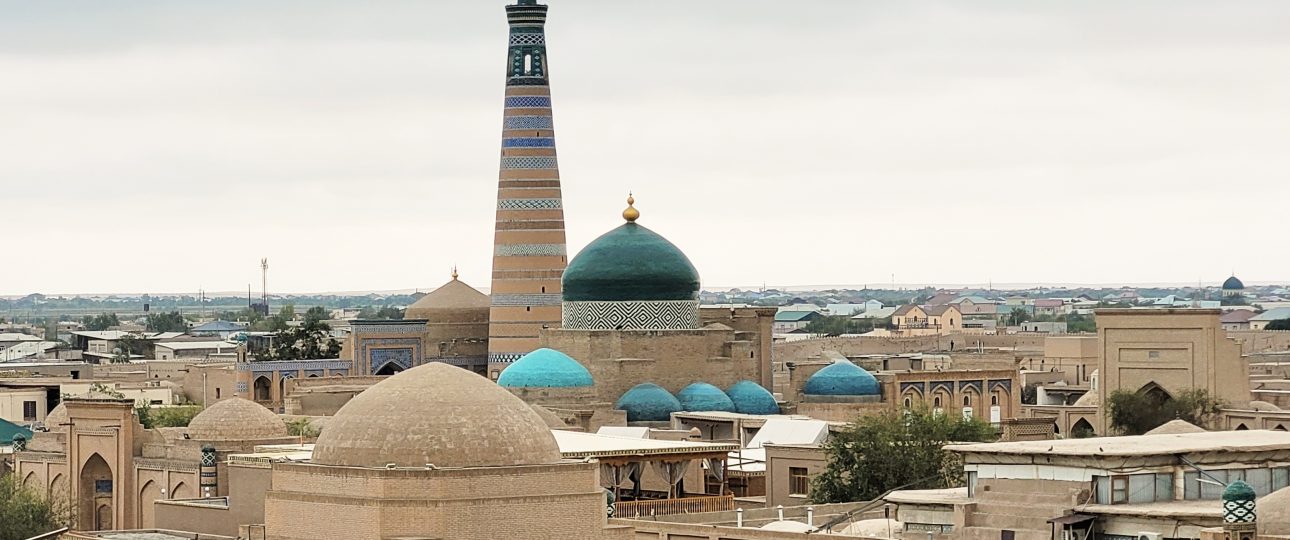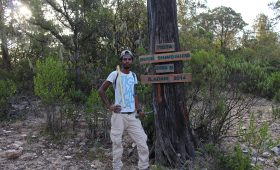Exploring Itchan Kala: The Heart of Khiva
Itchan Kala, the walled inner town of Khiva, Uzbekistan, is a place where history whispers through ancient walls and vibrant streets. Recognized as a UNESCO World Heritage Site since 1990, this city offers a fascinating glimpse into the past, with over 50 historic monuments and 250 old houses primarily from the 18th and 19th centuries.
A Walk Through History
Strolling through Itchan Kala feels like stepping into a living museum. The Juma Mosque, originally established in the 10th century and rebuilt in the late 18th century, is a highlight with its hypostyle hall supported by 112 ancient columns. Other notable structures include the Konya Ark, Ak Mosque, and the madrasahs of Alla-Kulli-Khan and Muhammad Aminkhon. The Mausoleum of Pahlavon Mahmoud stands as a testament to the city’s rich cultural tapestry.
Legends and Lore
Local legends add a mystical layer to Khiva’s allure. One tale suggests that the clay from this area was used to build sites in Medina during the Prophet Muhammad’s lifetime. Another story tells of Shem, the son of Noah, who is said to have dug the sacred Xeyvak Canal with a miraculous spade, marking the beginning of Khorezm’s construction.
Defensive Marvels
The city is divided into two parts: the Inner City (Itchan Kala) and the Outer City (Dishan-Qal’a). The formidable walls of Itchan Kala, standing 8–10 meters high and 5–6 meters thick, stretch for 2.5 kilometers. These mud-brick fortifications are punctuated by watchtowers every 30 meters, with crenellations for defense. Remnants of water-filled moats can still be seen, adding to the city’s historical intrigue.
Gates and Passageways
The city gates—Bogcha Gate (North), Polvon Gate (East), Tosh Gate (South), and Ota Gate (West)—are integral to the defensive system. These gates, equipped with “zarba” towers and galleries, lead to arched passageways, some featuring multiple domes. They stand as silent witnesses to the city’s storied past.
A Silk Road Legacy
Khiva was a crucial stop along the Silk Road, serving as a rest stop and watering hole for traders. The city faces the Karakum Desert on one side and the fertile Amu Darya river valley on the other, highlighting its strategic importance. Despite its smaller size compared to Samarkand and Bukhara, Khiva offers an authentic experience for those seeking traditional culture.
Architectural Wonders
Itchan Kala’s architecture is a feast for the eyes. The Kalta Minor Minaret, with its unique turquoise tiles, was intended to be the tallest in Central Asia but remains unfinished. The Kuhna Ark, an ancient fortress, offers panoramic views of the city. The Tash Khauli Palace is renowned for its exquisite tilework and beautiful courtyard.
Experiencing Khiva
Walking through Itchan Kala, you’ll find locals working in artisanal studios and workshops. The city comes alive with the scent of hot pumpkin samsas from street vendors, perfect for warming your hands as the desert air cools in the evening. The Kuhna Ark’s cool rooms, adorned with blue and white tiles, provide a respite from the heat.
Quiet Corners and Cultural Legacy
Despite the summer crowds, there are pockets of tranquility. The Juma Mosque, with its 218 carved wooden columns, offers a cool, serene escape. Khiva’s cultural legacy is profound; it was once a center of learning, home to Al-Khwarizmi, the father of algebra. Today, the city feels like a living museum, with the warm glow of sunset reflecting off ancient buildings and the quiet chatter of locals retreating to teahouses.
Practical Tips
Best Time to Visit
The ideal time to visit Khiva is during spring (April to June) and autumn (September to November) when the weather is mild. Summers can be extremely hot, while winters are cold and snowy.
Getting There
The nearest airport is Urgench International Airport, with connections to major cities in Uzbekistan and neighboring countries. From Urgench, a short taxi or bus ride will take you to Khiva.
Exploring the City
Itchan Kala is best explored on foot. Comfortable walking shoes are essential for navigating the cobblestone streets. Consider hiring a local guide for deeper insights into the city’s history and architecture.




